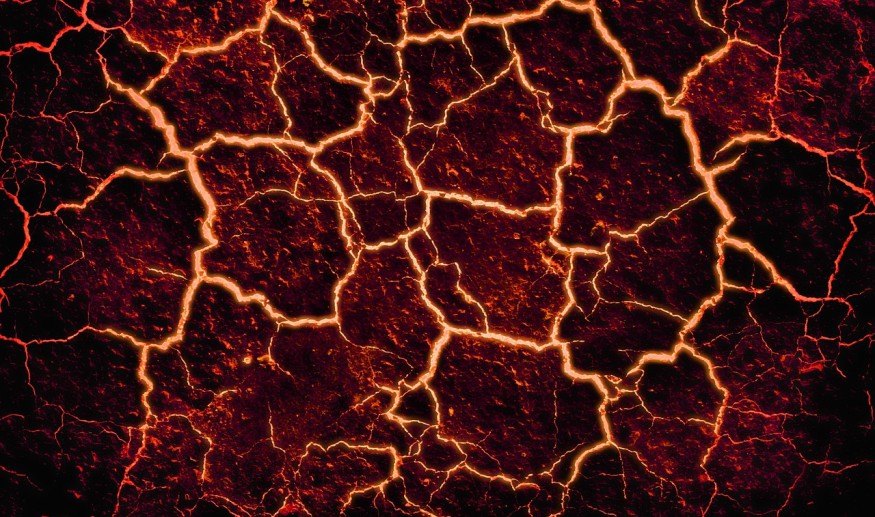Earthquake swarms have struck Hawaii in recent years and a new study led by researchers in the United States found that underground magma movement under the island is causing the occurrence of the recurring tremors.
Hawaii Earthquake Swarms

The new study was published in the journal Science on December 22, wherein researchers from the California Institute of Technology assert that the Hawaii earthquake swarms were caused by a magmatic web beneath the US island state in the Pacific Ocean. This is where the research team concluded that the swarms are caused by magma moving through the sills, which are pancake-like chambers.
The team highlighted that the flowing magma moving through a large complex of interconnected chambers beneath the volcanoes in Hawaii seemed to be responsible for the unexplained earthquake swarms felt on the Big Island in the last seven years.
The researchers used advances in earthquake monitoring through deep learning algorithms to image the structures causing a major mantle earthquake swarm of almost 200,000 events that accelerated following the 2019 Kilauea caldera collapse, the study stays.
Mainshock-Aftershock Sequence
The United States Geological Survey (USGS) stated that many earthquakes following a geo-seismic rhythm and non-swarm pattern known as a "mainshock-aftershock sequence." This means that the largest earthquake occurs first, followed by a series of smaller shocks, which decays over a time period ranging from weeks to decades.
On average, the magnitude of the largest aftershock is around one magnitude unit smaller than the mainshock. In short, aftershocks are generally weaker than the first identifiable earthquake. However, there instances that such sequence does not always occur. Majority of earthquakes as reported in modern times lean towards this sequence whether they occur below a land or under the ocean.
The USGS says that there are instances when the largest earthquake could not be the first event but rather occur during the middle of a sequence. In addition, there are some sequences where it involves many earthquakes with magnitudes similar to the largest earthquake of a particular sequence.
With this, the agency asserts that sequences that do not fit with the mainshock-aftershock sequence are considered earthquake swarms, which are known as a sequence of seismic events that occur many times in a relatively small area in a short period of time.
Earthquake Swarm Cases
An earthquake swarm consisting of thousands of seismic shocks lasted for years in Southern California. Between 2016 and 2019, a total of approximately over 22,000 temblors occurred which became a strange event for scientists, according to the National Geographic. However, scientists in 2020 used a high-resolution view inside Earth's crust which showed the cause of the Southern California swarm.
The swarm of earthquakes that started in early 2016 silently shook the Earth beneath Southern California. Yet, the swarm did not occur daily and most were too small for humans to feel but the tremors continued to rumble and multiple as the months went by. By spring of 2018, thousands of small quakes struck each month, enough to sway lamps and affect residents in nearby towns.
Aside the US, other parts of the world have also experience earthquake swarms in the past, including India, the Philippines, Czech Republic, Germany, France, El Salvador, Peru, and even island countries in the Pacific Ocean.
Related Article : Earthquake Swarm Shakes Oregon's Largest Volcano
© 2025 NatureWorldNews.com All rights reserved. Do not reproduce without permission.





